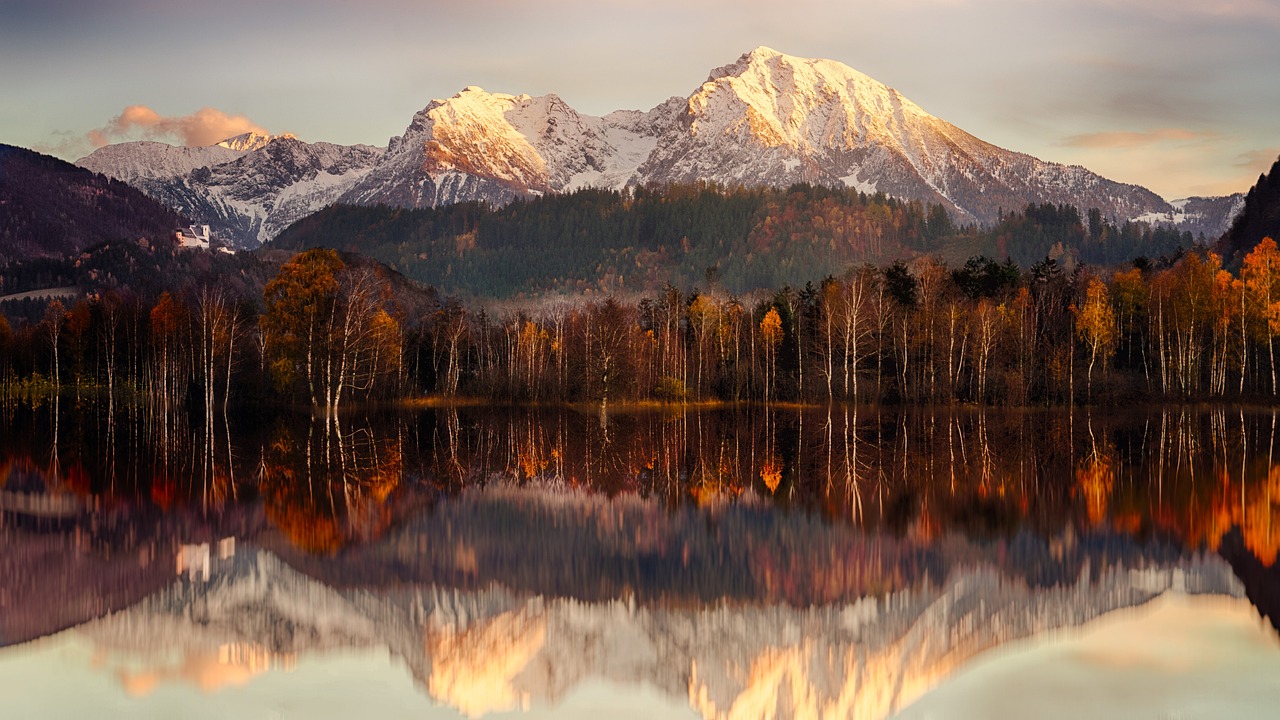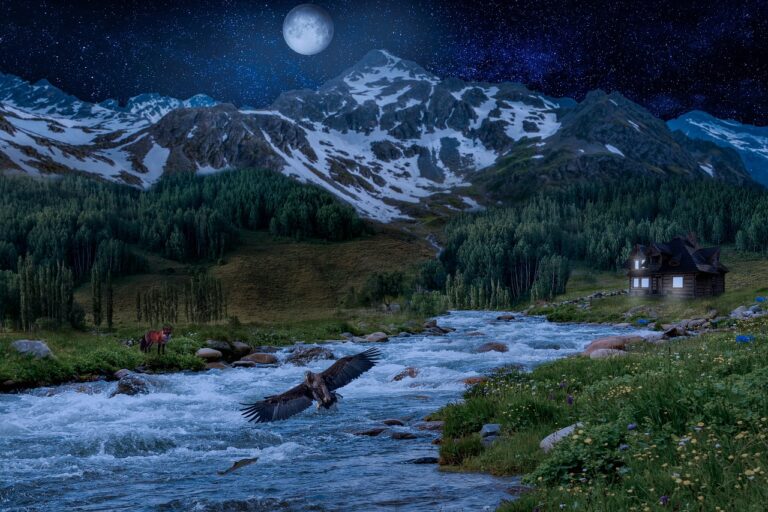Exploring the Great Outdoors: National Parks and Wilderness Areas to Discover
National parks and wilderness areas in the United States are vital for preserving the country’s natural beauty and biodiversity. These protected spaces offer a sanctuary for a wide variety of plant and animal species, many of which are not found anywhere else in the world. The vast expanse of these areas provides crucial habitats for wildlife to thrive and ecosystems to remain in balance.
In addition to serving as havens for wildlife, national parks and wilderness areas also offer countless recreational opportunities for visitors. From hiking and camping to birdwatching and photography, these natural spaces allow people to connect with the great outdoors and enjoy the tranquility that nature provides. The protected landscapes of these areas serve as a reminder of the importance of conservation efforts and the need to safeguard our environment for future generations.
The Importance of Preserving Natural Spaces
Preserving natural spaces plays a crucial role in safeguarding our planet’s biodiversity and ecosystems. By protecting these areas, we ensure the well-being of countless species of plants and animals that call these habitats home. Additionally, natural spaces serve as vital carbon sinks, helping to mitigate the impacts of climate change through the absorption of carbon dioxide.
Furthermore, preserving these areas allows humans to connect with nature, providing opportunities for recreation, relaxation, and education. National parks and wilderness areas offer invaluable opportunities for individuals to experience the beauty of the natural world firsthand, fostering a sense of appreciation and respect for the environment. Ultimately, the conservation of natural spaces is not just a matter of ecological preservation but also a means of promoting human well-being and sustainability.
Why are national parks and wilderness areas important?
National parks and wilderness areas provide habitat for wildlife, protect unique ecosystems, and offer opportunities for recreation and education for visitors.
How are national parks and wilderness areas protected?
National parks and wilderness areas are protected by laws and regulations that restrict development and preserve natural landscapes.
What can individuals do to help preserve natural spaces?
Individuals can support conservation efforts by volunteering, reducing their carbon footprint, and advocating for policies that protect natural spaces.
What are the benefits of preserving natural spaces?
Preserving natural spaces helps maintain biodiversity, protect clean water sources, and promote mental and physical health for people who visit these areas.
How do natural spaces contribute to the economy?
Natural spaces contribute to the economy through tourism, providing jobs in outdoor recreation and hospitality industries, and attracting visitors who spend money in local communities.





